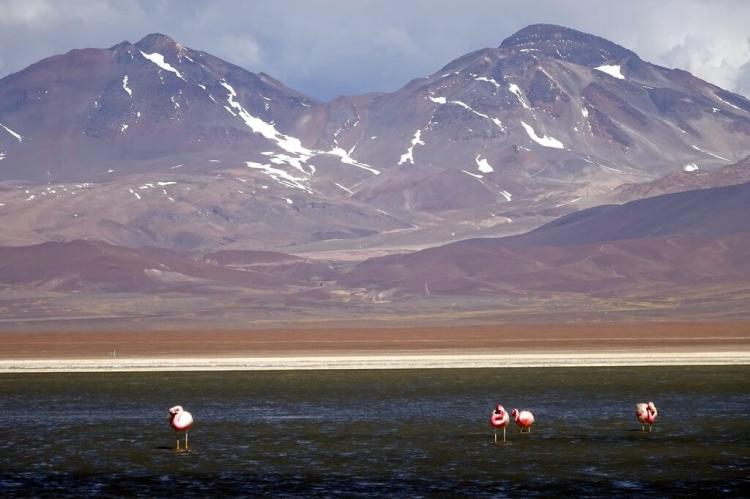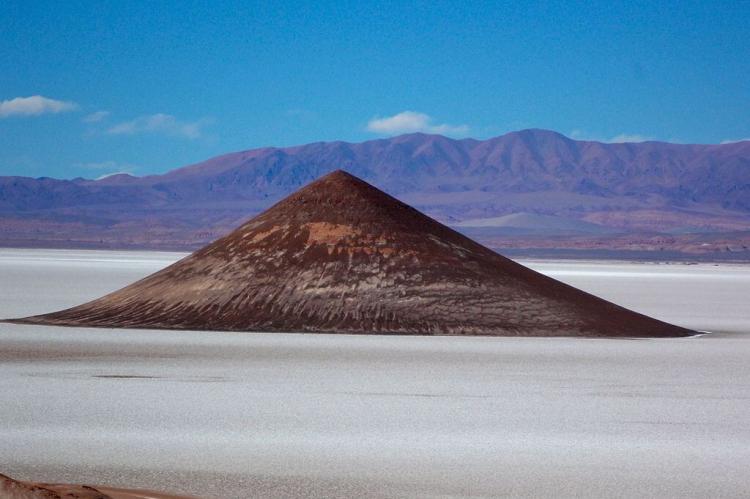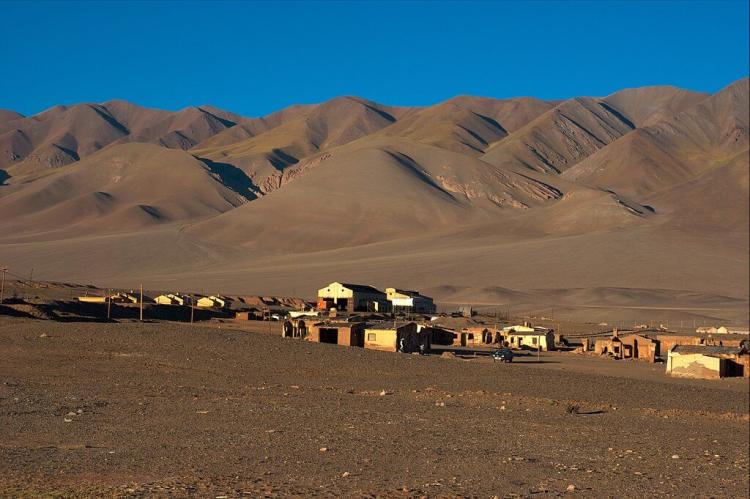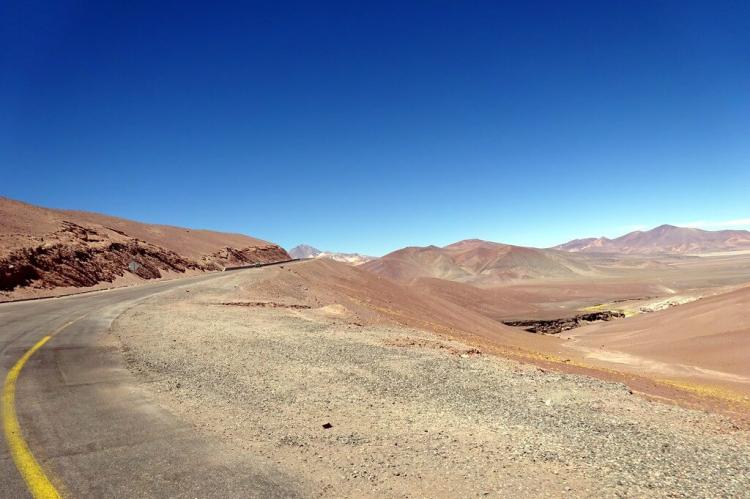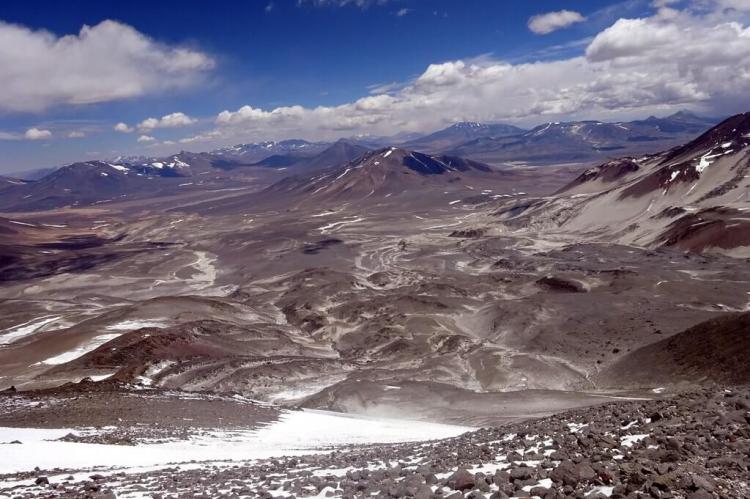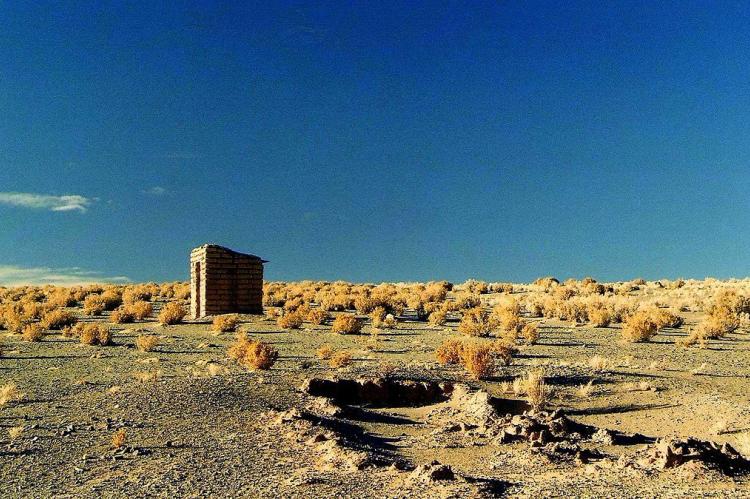Puna de Atacama: An Arid Collage of High Plateaus, Peaks, and Indigenous Heritage
The Puna de Atacama is a vast and arid region in the Andes Mountains of South America. This vast and arid landscape, situated in the southernmost part of the Andean Altiplano, has geographical and cultural significance, stretching across northwestern Argentina and adjacent areas of Chile.
Puna de Atacama
An Arid Collage of High Plateaus, Peaks, and Indigenous Heritage
Nestled in the Andes Mountains of South America, the Puna de Atacama stands as a testament to the mesmerizing contrasts of nature, from its cold, desolate high plateaus to the deep river valleys that carve through its eastern expanse. This vast and arid landscape, situated in the southernmost part of the Andean Altiplano, has geographical and cultural significance, stretching across northwestern Argentina and adjacent regions of Chile.
Geographical Features
The Puna de Atacama spans approximately 320 kilometers (200 miles) from north to south and 240 kilometers (150 miles) from east to west, with an average elevation ranging between 3,300 to 4,000 meters (9,800 to 13,000 feet). Situated in the southernmost part of the Andean Altiplano, it is distinctively separated from the Atacama Desert by the imposing Cordillera Domeyko.
The plateau extends into Argentina, encompassing Salta, Jujuy, and western Catamarca provinces. In Chile, it makes its presence felt in the Antofagasta and northeastern Atacama regions. This geographic diversity contributes to the formation of unique ecosystems and climatic conditions.
Climate and Landscape
The Puna de Atacama exhibits a cold, inhospitable environment, with temperatures averaging only 8.5 to 9.5 degrees Celsius (47 to 49 degrees Fahrenheit). The predominant vegetation is characterized by sparse, low shrubs, resilient enough to withstand the harsh conditions of this high-altitude plateau. This region, an extension of the Andean Altiplano, showcases a dramatic interplay of peaks from the Cordillera Oriental and dry, clay-filled basins, hosting expansive salt flats known as salinas.
Notable salt pans, such as Antofalla, Hombre Muerto, Arizaro, Incahuasi, and Salinas Grandes in Argentina, and the Atacama Salt Flat in Chile, punctuate the landscape, adding a surreal and ethereal quality to the plateau. The intricate network of streams has carved deep river valleys and broader quebradas, creating a collage of breathtaking landforms.
Historical Significance and Territorial Disputes
The history of the Puna de Atacama is intertwined with territorial disputes and geopolitical shifts. Initially part of Bolivia, this region was ceded to Argentina in a territorial exchange, which Chile deemed illegal. The Puna de Atacama dispute was eventually settled in 1899, defining the borders of the plateau and establishing the current territorial divisions.
Railroad Development and Economic Activities
Since 1948, a significant development has linked the Puna de Atacama, starting from Salta in Argentina, traversing the high plateaus, and reaching the mining towns of the Atacama Desert in Chile. This railroad facilitates transportation and serves as a lifeline for economic activities in the region.
Cultural Heritage and Indigenous Communities
Despite its challenging environment, the Puna de Atacama is home to sparsely populated indigenous and mestizo communities. These communities have adapted to the harsh conditions, relying on the river valleys to cultivate crops like corn (maize) and wheat. Their connection to the land is deeply rooted in agriculture and traditional practices, forming an integral part of the plateau's cultural mosaic.
Conclusion
The Puna de Atacama, with its stark beauty, geographical diversity, and historical significance, stands as a captivating tableau in the Andean landscape. This high plateau, from the ethereal salt flats to the resilient indigenous communities, paints a vivid picture of nature's endurance and human adaptation. The interplay of geographical features, climate, and cultural heritage creates a unique and rich collage, making the Puna de Atacama a fascinating and integral part of the South American Andes.
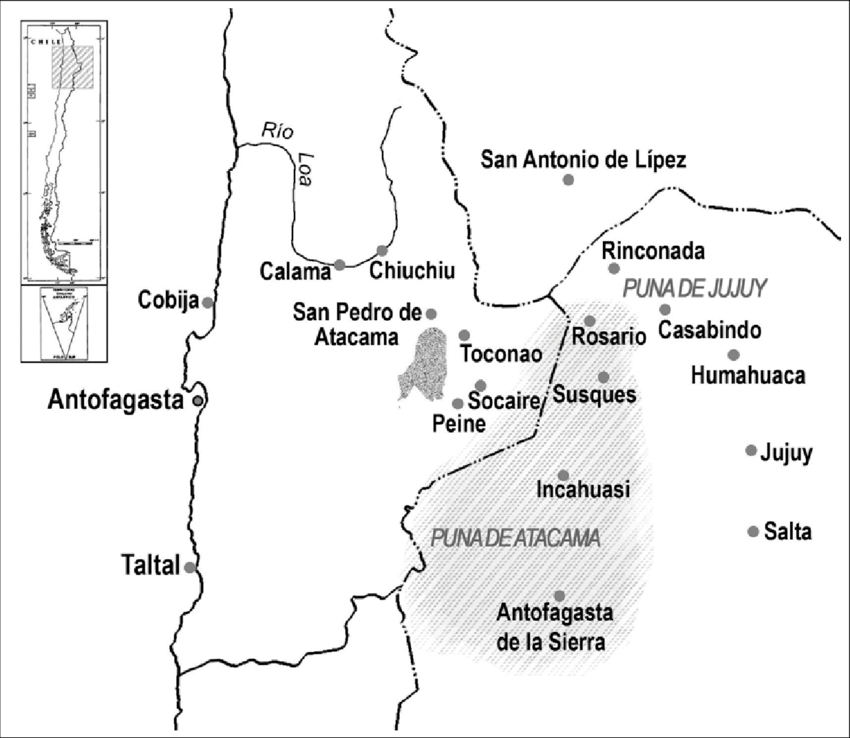
Map depicting the approximate location of the Puna de Atacama in northwestern Argentina into Chile.
